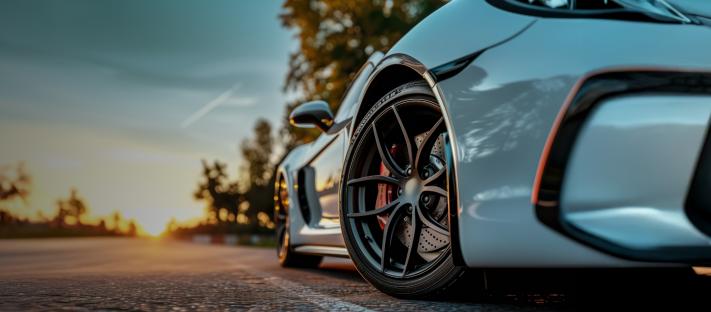Aramids across a wide range of applications
Our high-performance aramids ensure strength, durability, and reliable operations. Explore how Twaron®, Teijinconex® and Technora® improve performance in a wide variety of applications and operating conditions.


Conveyor belts


Industrial workwear
Industrial workwear made with Twaron® protect against heat, cuts, and mechanical hazards. Teijinconex® and Teijinconex® neo protect against heat, flames, and electric arc. In addition to providing protection, workwear made with our aramids is more durable and offers a longer lifespan than traditional flame-resistant workwear.
















